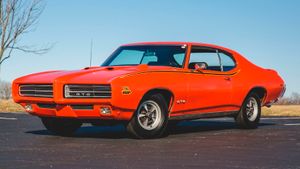And history is repeating itself…
There’s a crusade right now against American muscle cars and the V8 engines which power them. Those who seek to kill off such performance vehicles have enshrouded their movement in the aura of progress, but I’m about to show you how this was done before, proving it’s hardly a new or “progressive” movement.
Back in the late 1960s American automakers were engaged in a horsepower war. It was a glorious time where enthusiasts of all ages could buy something with loads of power and miles of styling without paying wheelbarrows of cash. It birthed such legends as the Dodge Charger R/T, Chevelle SS, Plymouth ‘Cuda, etc. Even brands like Buick and Mercury got in on the action. Today, those classic muscle cars can fetch tremendous prices on the market, thanks to everyone recognizing just how special they truly are. I believe the Dodge Hellcats, Ford Mustang GTs, Chevy Camaro ZR1s, and other potent muscle cars we have today will be regarded similarly in the coming years.
The first beatdown of American muscle cars came with the Clean Air Act of 1970. Everyone wants to breathe clean air, so it seemed to many a move in the right direction. Whatever you think of the aims of the act, the resulting government restrictions on vehicle emissions started to choke out American muscle cars. However, we still had some great performance cars in the early 70s.
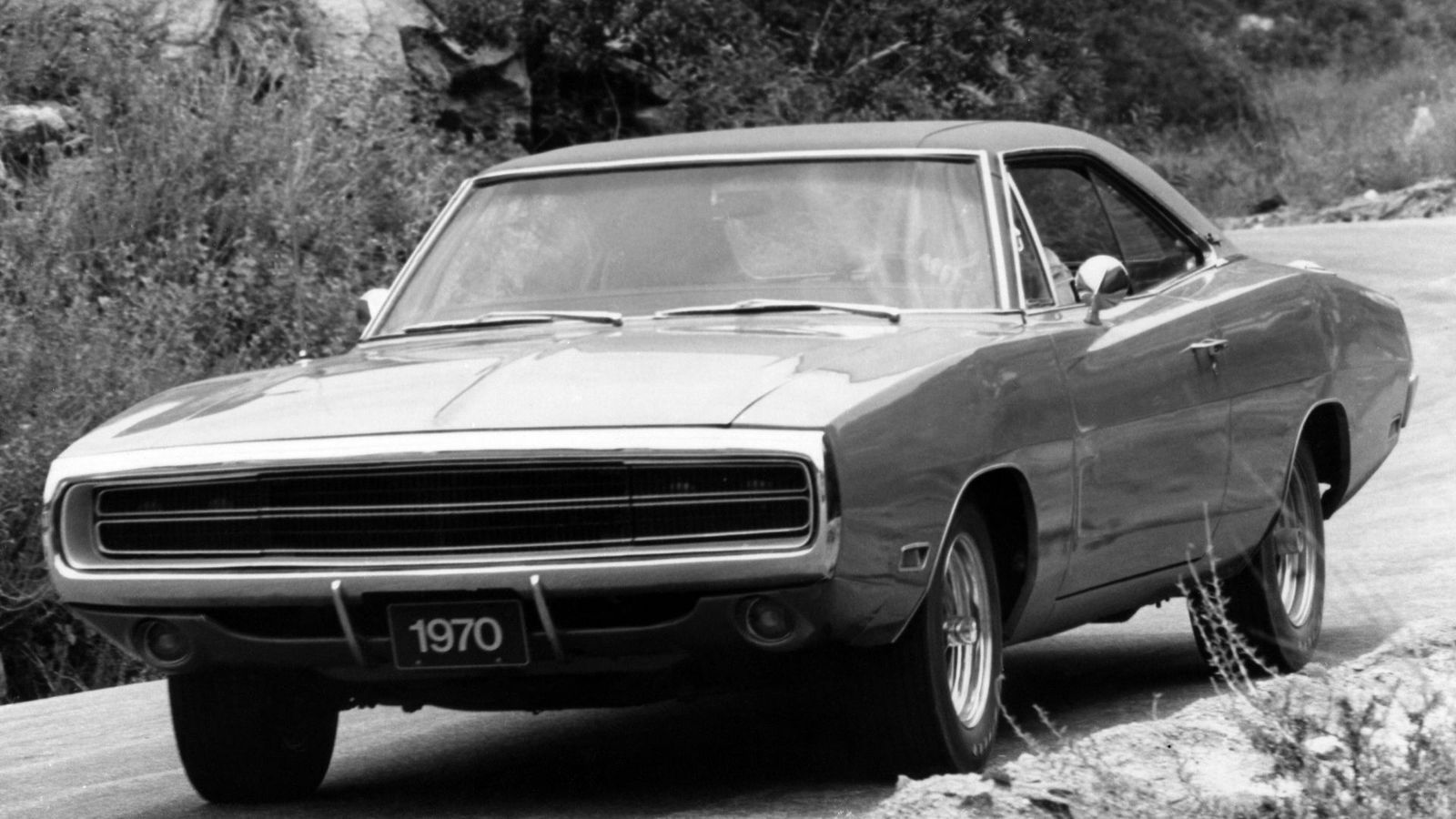
The second, knockout punch for American muscle was CAFE. Pretty much everyone has heard of CAFE Regulations, or Corporate Average Fuel Economy. Passed by Congress after the OPEC oil embargo of 1973, CAFE set new fuel economy standards for passenger cars and light trucks, requiring automakers to reach average results across virtually their entire product offerings. The result was automotive engineers being forced to cut power dramatically by deleting carbs, reducing displacement, restricting intakes, etc. That was the end of the muscle car fun for some time.
With gas prices soaring thanks to Arab OPEC members angered by US support of Israel, many consumers eagerly ditched their gas guzzling V8s for more fuel-efficient vehicles. However, few normal people look at those malaise cars from the mid- to late-1970s with warm, fuzzy feelings. They were appliances made for getting around and nothing more.
Cars made after the early part of the 70s were for the most part ugly compared to what we had in the 60s. There are a few reasons for that, but perhaps the biggest change was government intervention. For example, after heavy lobbying from the insurance companies, the National Highway Traffic Safety Administration (NHTSA) drafting new regulations requiring all cars from model year 1973 forward to feature front and rear bumpers capable of withstanding a collision at 5 mph without damaging any key components in the car. The intention was good, however the result was just plain ugly. Hundreds, maybe thousands more safety regulations have been enforced on automakers in the past few decades, which in part is why so many new cars today look alike.
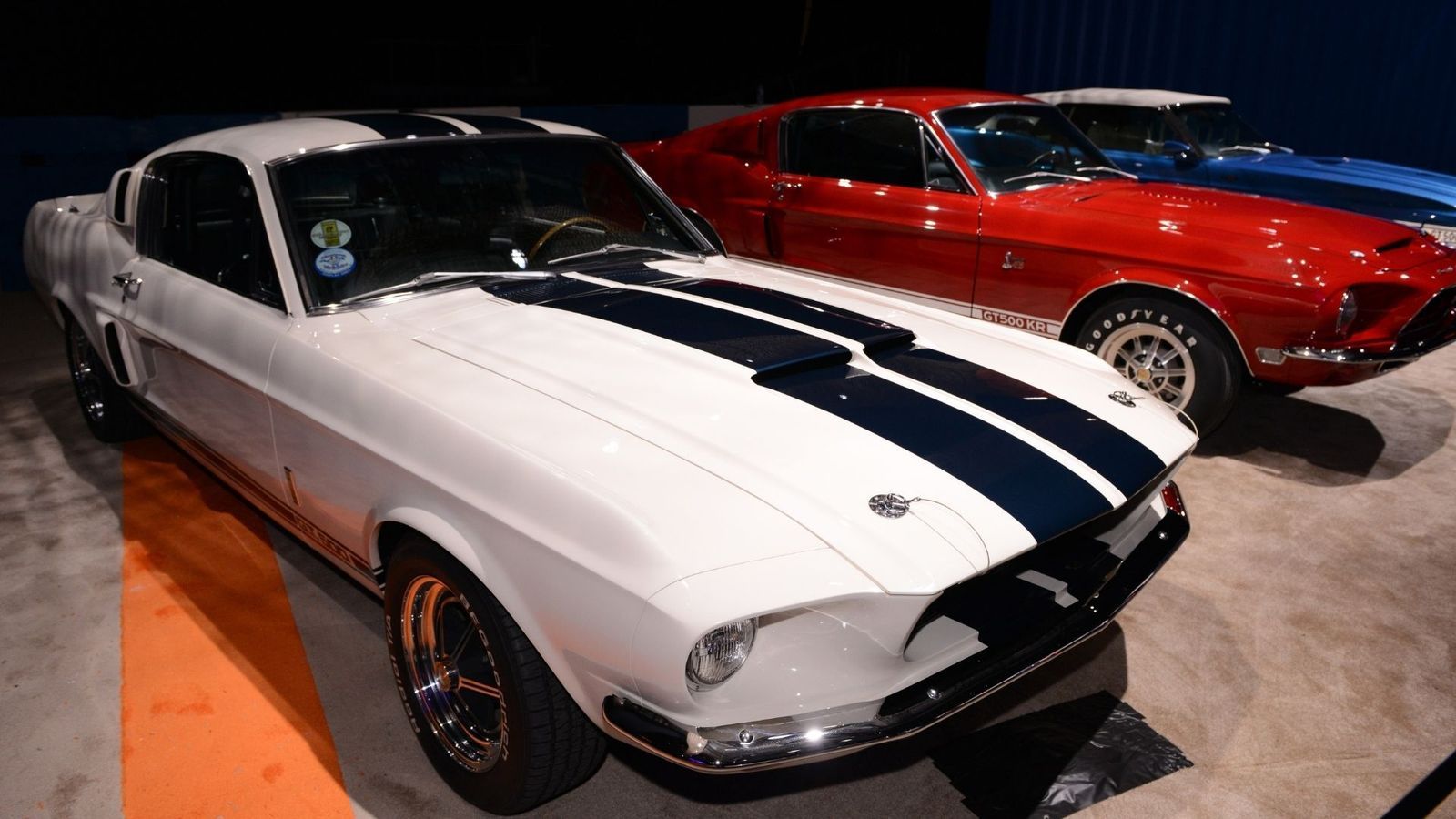
Just like back in the early 1970s, a combination of government regulations aimed at curtailing vehicle emissions, boosting fuel efficiency, and increasing safety for occupants threaten to kill the fun. Sure, the government’s intentions seem good, but the results not only will kill American muscle again, they might come with some serious unintended consequences we must all suffer through.
Thanks to tightening government regulations, the V8 engine could be virtually wiped out in short order. It’s been leaked that Dodge is preparing to abandon the Hemi V8 as the new generation Challenger and Charger are revealed in 2023. I wouldn’t be surprised to hear about the abandonment of the Coyote V8 by Ford in the near future and for GM to also start transitioning away from V8 engines.
Just like in the past, turbocharging is being touted as a way to replace cylinders. That’s laughable. I know from having owned multiple turbocharged cars that turbos come with their own issues and they most certainly don’t pull the same weight as two combustion chambers. Some hybrid powertrains might be introduced to help boost power, however producing batteries on an increasing scale is going to come with its own separate set of challenges.
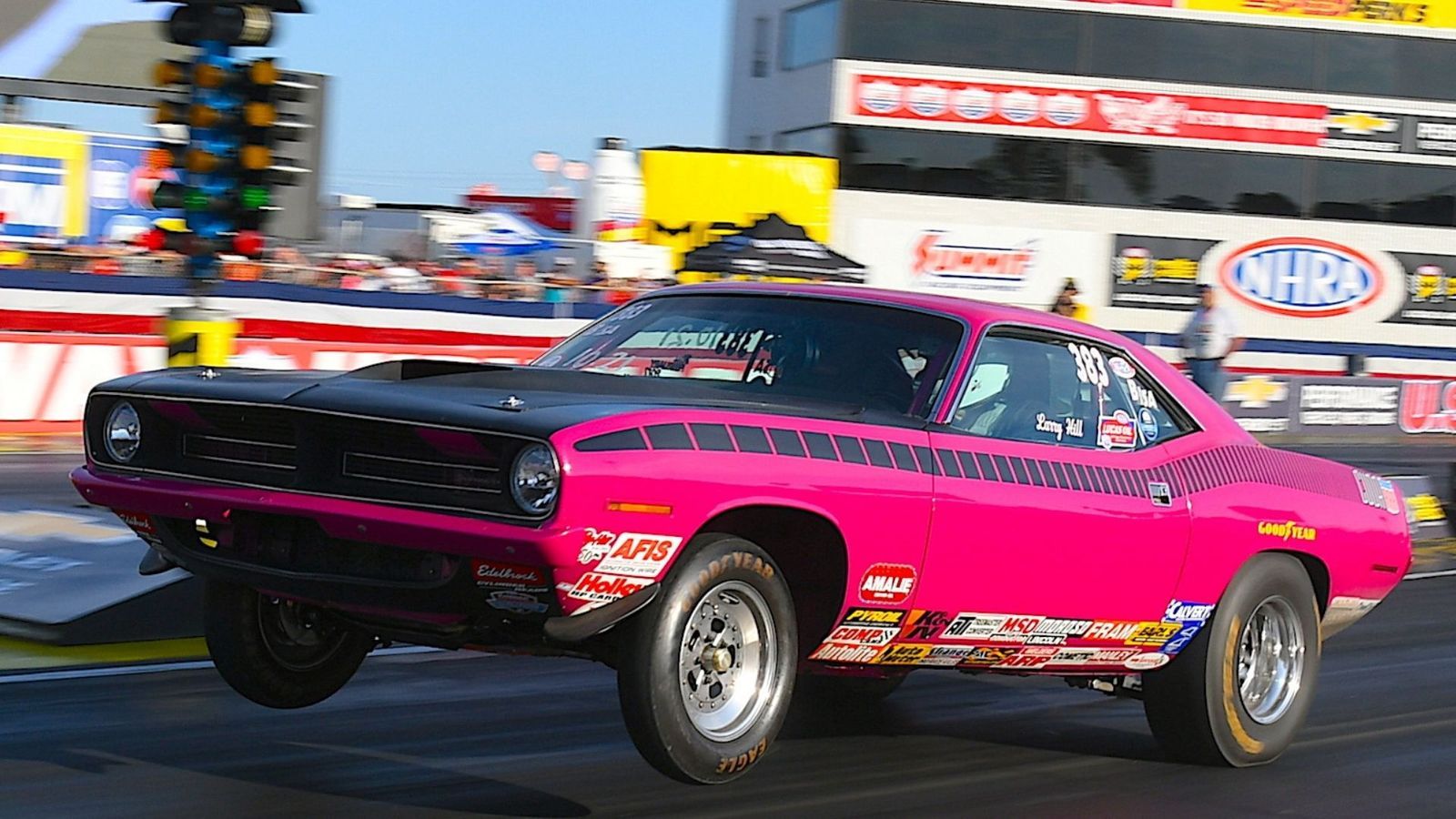
Let’s not forget after killing off American muscle cars in the early 70s, it took automakers 40-plus years to develop truly high-performance, affordable muscle cars again. And here we are on the verge of their being wiped out once more. Yet automakers, car sites, and others are telling us high-performance “muscle” electric cars are right around the corner, despite there not being one proof of concept. I don’t believe it. Instead, what I know is history keeps repeating itself.
The fact is we’ve seen all kinds of design improvements boosting internal combustion engine efficiency just in the past decade. Instead of finding more ways to further improve the technology, which we undoubtedly could do, it seems we’re intent on fixating on the shiny new object: electric vehicles. The thing is EVs aren’t really new, but there’s constant messaging via public relations departments, automotive and mainstream media, politicians, etc. that they are the future of the automotive industry. If that’s the case, why have EV sales remained a small sliver of vehicle sales in the United States for a decade now? I’m old enough and have been in the industry long enough to remember 10 years ago when the talk was curiously almost exactly the same as it is today, yet here we are with scant market share growth for EVs.
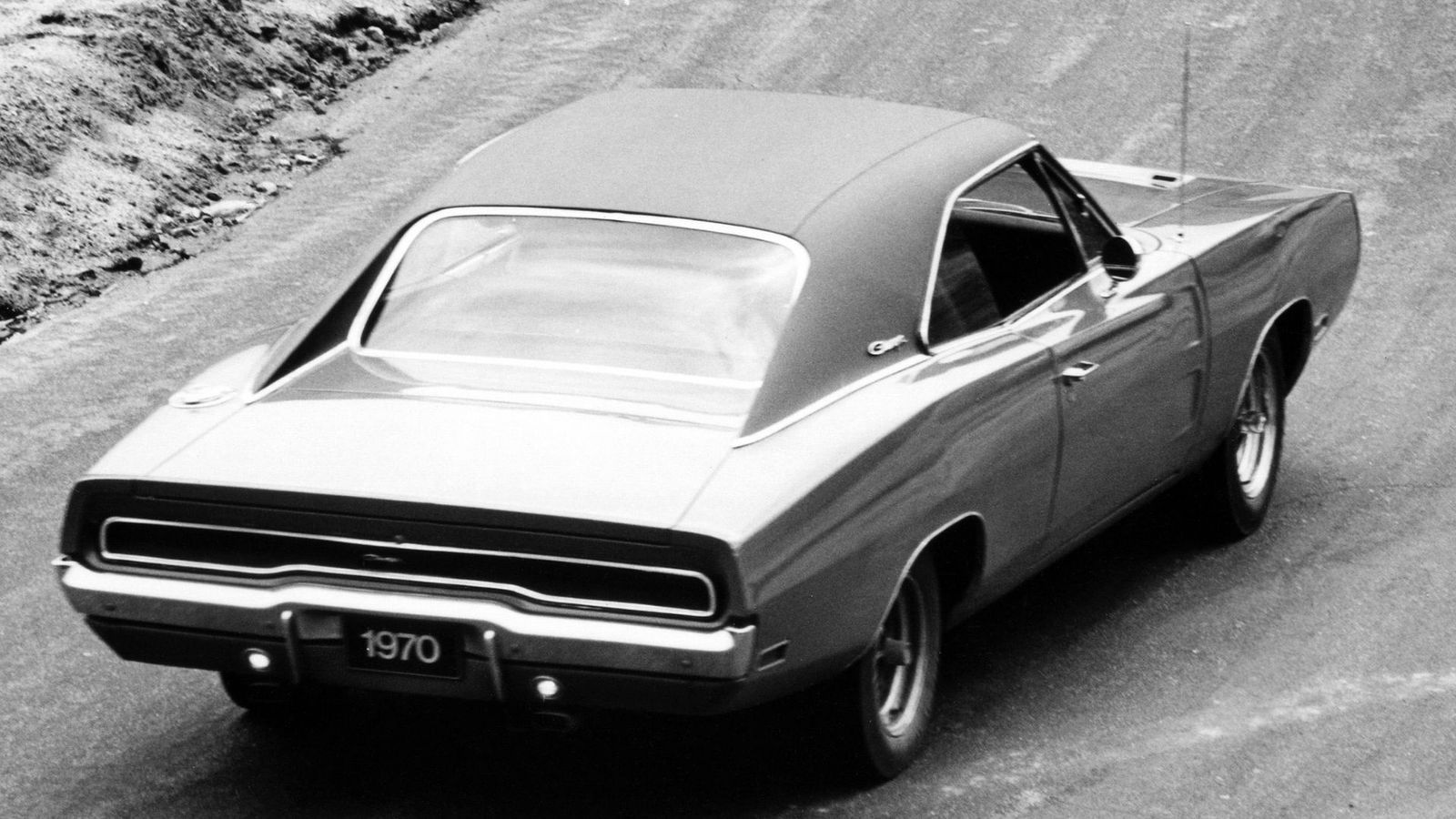
Some think the solution is obvious: if the people (also known as the market) don’t choose the “right” vehicle technology, they must be forced to buy it. That’s what government regulations help make happen. We’ve seen this with safety technologies where our cars are loaded with ever-increasing systems designed to keep us safe on the road. The end result has been the inflation of vehicle prices in the last 20 years and, shockingly, an increase in road fatalities in the past several years. In other words, it appears the technologies don’t truly protect us, plus they come with some heavy prices. There’s no reason to believe this push to “clean up” vehicle emissions won’t end with car prices soaring out of control.
Canceling muscle cars and V8 engines ostensibly to save humanity from some global catastrophe is hardly a new idea. It’s been done before. Back in the late 60s and early 70s there was plenty of hysteria about vehicle emissions ushering in a new ice age. Today the panic is almost a mirror image, only it’s focused on slightly increasing global temperatures. Strangely, with the supposed threat of sea levels rising dramatically, oceanfront property in many parts of the world is more expensive than ever. If your muscle car really is melting the northern ice cap (while Antarctica is growing at a record rate, by the way) wouldn’t the opposite be true?
Photos credit: GM, Stellantis, Ford





